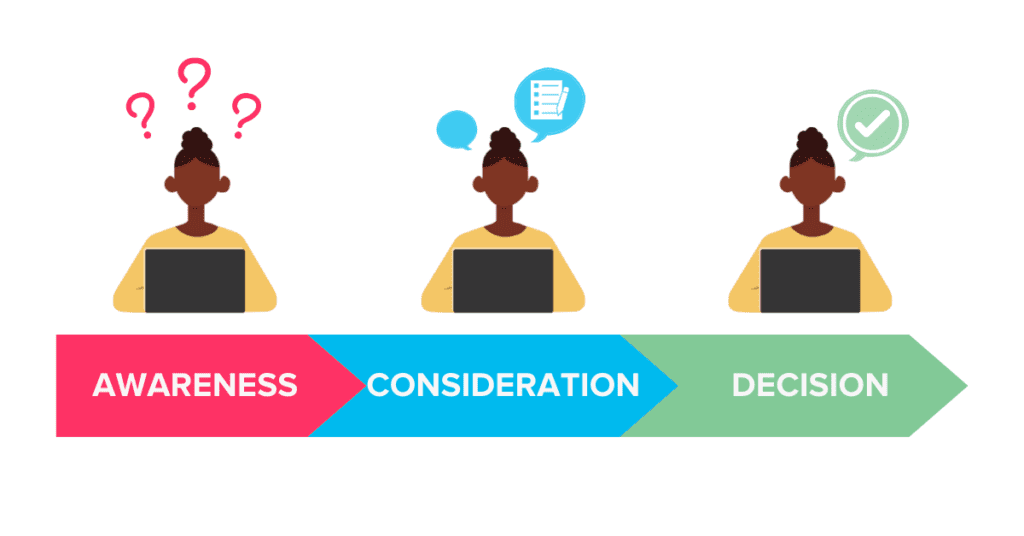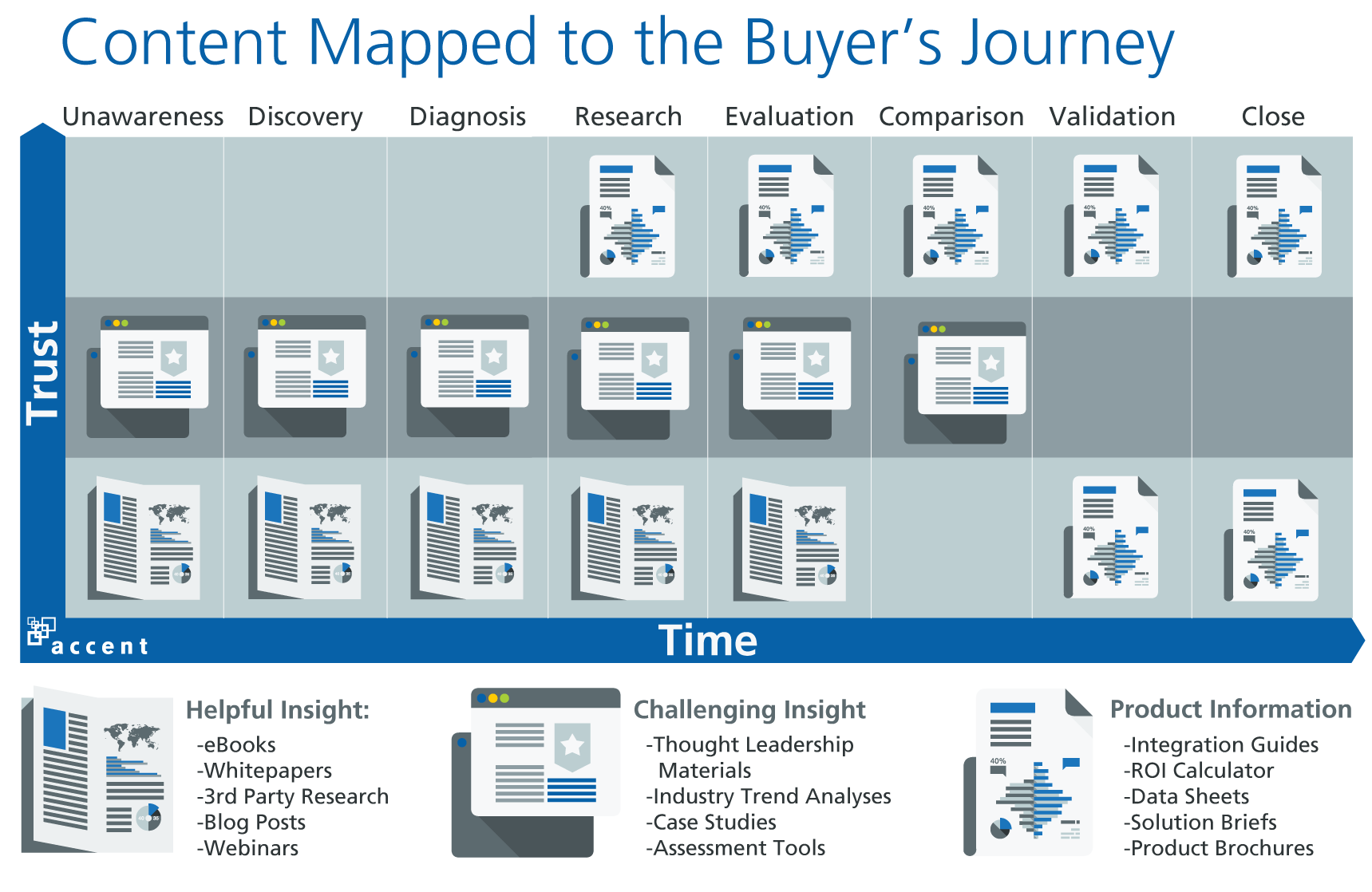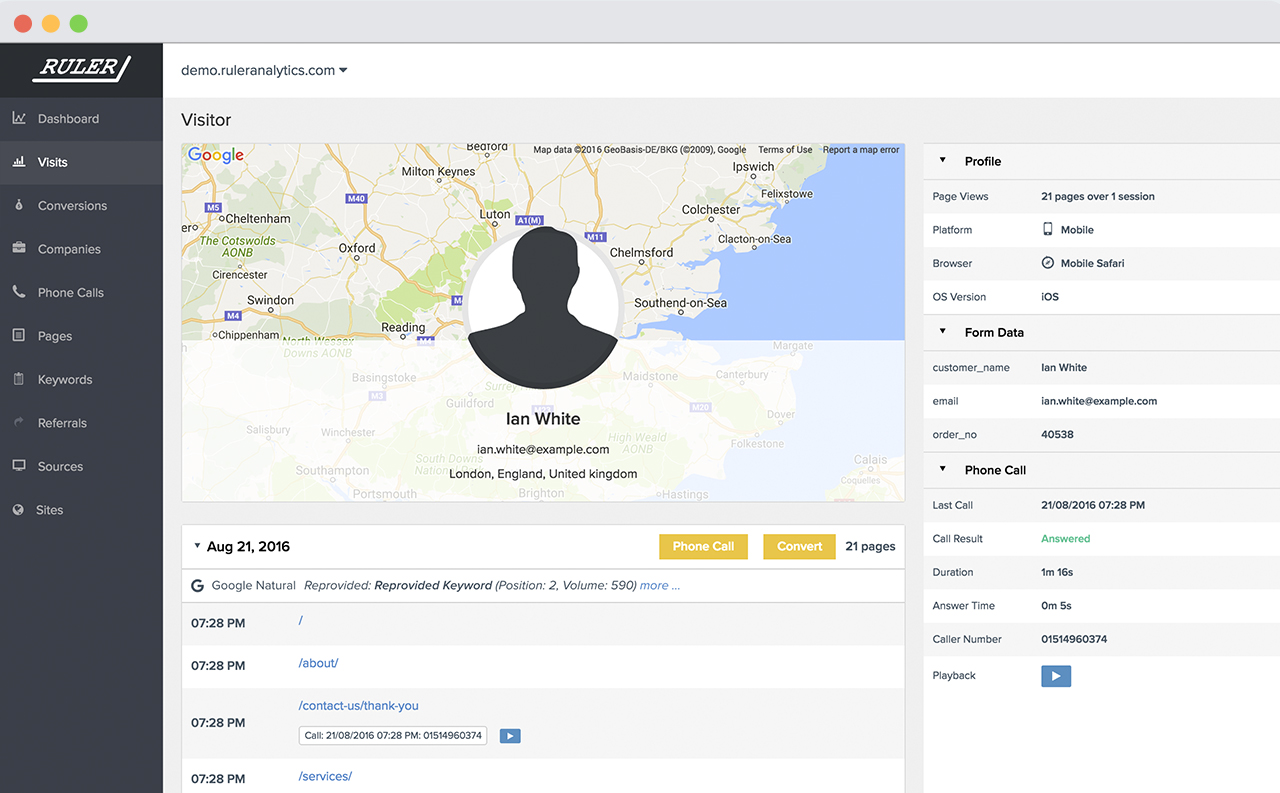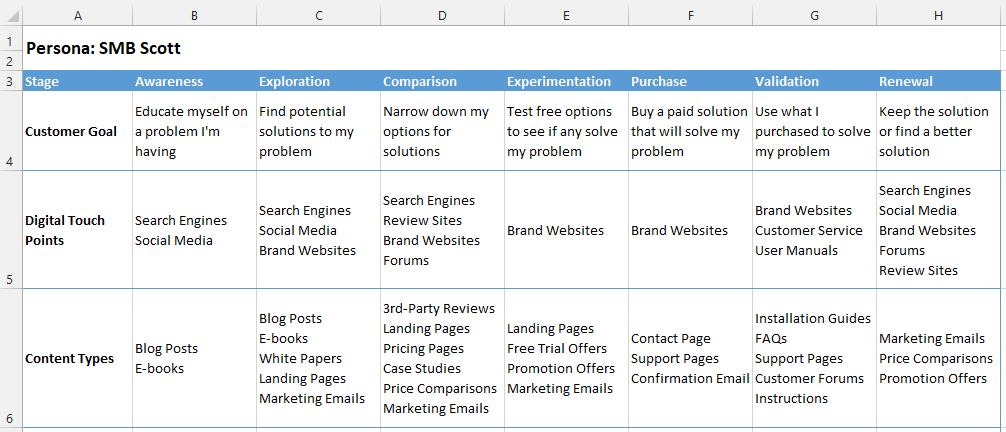Want to better understand how your customers engage with your content? We talk you through customer journey mapping and how to get started with this marketing initiative.
On the surface, you might think that customer journeys are simple. You create a product, and a customer buys it.
But in reality, customer journeys are made up of tens of, sometimes hundreds of, touchpoints. Each of these touchpoints can be influenced by different campaigns, channels and keywords.
Customer journey mapping is the first step in understanding how each channel and campaign works together.
According to Salesforce, 80% of customers now consider their experience with a company to be as important as its products.
By mapping your customers’ journeys, you’ll have better knowledge of how a potential customer will interact with your content.
And, you can serve better content that will serve your customer’s purpose.
So, keep reading to learn:
Let’s get stuck in!
⚡️ Pro Tip
Remember, we share all of our best tips in our complete guide to tracking customer touchpoints. You’ll learn how to map anonymous users to leads in your CRM so you can understand what channels and campaigns are driving clicks, and what’s driving sales
A customer journey map is a visual representation of the steps customers go through when considering, making, and utilising a purchase.

It helps you to tell the story of your customer’s experiences with your business, and the content they interact with at each stage.
Related: Customer journey stages plus how to track them
Put simply, customer journey mapping is the process of making a visual representation of how a customer engages with your content.
This process helps businesses step into their customer’s shoes.
It allows marketers to gain insights into the pain points of their customers, and identify routes to solve them.
It’s a valuable marketing tool because it defines the path to purchase from the perspective of the customer—not the company.
Because journey maps are developed from the customer’s perspective, they can be used to form a plan for engaging prospects and customers, earning their attention and trust, guiding prospects deeper into the sales funnel and improve customer retention.
Knowing where customers are in the journey and what goals they have at each stage allows you to deliver the right information, on the right channel, at the right time.
The result? Increased engagement, revenue, and brand loyalty.
Customer journey mapping is important because it is a strategic approach that allows you to better understand customer expectations and optimise your business experience.
Customer journey mapping is just as important for small and medium-sized enterprises as it is for larger companies.
Mapping your customer journey has plenty of benefits, including:
💡 Pro Tip
Prove marketing’s impact on the customer journey with Ruler’s Paths Report. It goes beyond basic analytics, revealing the intricate customer journeys that lead to sales. You can see exactly which channels influence website visits, pinpoint the time it takes prospects to convert and identify the optimal number of touchpoints for success.
With insights on attributed revenue, conversion times, touchpoints, and conversions by source, you can optimise your marketing mix and maximise your ROI.
To better understand what a customer journey map is, it’s helpful to look at some examples:

A basic customer journey map shows the major stages prospects move through before making a purchase.
The steps in the buying journey will vary based on the product, selling model, and industry.

A more advanced customer journey map might detail the stages in the journey, along with the types of content that should be delivered to prospects at different stages.
An advanced journey map can be developed over time to include many additional details that can be helpful for companies and marketers.
It may contain details on key decision-makers, customer needs and goals, influencers, appropriate content types, and appropriate channels for each stage.
It may also extend beyond the purchase to map the entire customer lifecycle.
Generally speaking, we like to round off our full customer journey into 8 distinct stages. The usual customer journey we discuss only covers users from prospect to sale.
Remember, just because a user has closed into a sale, doesn’t mean you can forget about them. The below steps cover that and how your customer success team needs to support.
The awareness stage is exactly what it says on the tin. It’s how website visitors and consumers are finding your brand and why.
It’s understanding how you’re using channels like search and paid to drive more eyeballs onto your website.
Once the user is aware of you, how are you engaging them?
Perhaps it’s through content, like a blog or a video.
This stage concentrates on transforming that person into an interested party. You’re hopefully setting them up to become a lead in the future.
The next stage is driving that engaged user into a subscriber.
That could be through valuable, gated content. Or it could be a demo request.
How are you identifying your proposition and making it clear to website visitors that they need your product or service?
At this point, money or time is exchanged for access to your product or service.
At this point, they’re a customer. But while sales and marketing have got you to this point, this is where customer success and customer experience is really key.
The excite stage is crucial. You need to give your customer their ‘Aha’ moment.
That’s where wonder and understanding collide. They’re in awe of your product or service delivering what they need, but they also fully understand it and how it works and why it’s good.
If you have tiers of paid plans, for example, this would be the next step.
For Ruler, we have one payment based on monthly visitors. But our goal with the ascend stage is to support our customers to use our product to drive more web visitors thanks to our data and reporting.
Once a customer is happy and sharing testimonials about you (often unasked for) then they can be classed as an advocate.
They’re freely promoting your company, your product or service.
Last but not least, is the promoter.
While the advocate is raving about you, the promoter is getting you referrals that convert.
In essence, by doing a good job with your customer journey mapping, you could wind up with more business as a result of better marketing, better support and better planning.
A customer journey map can be an extremely useful tool for hitting, or exceeding, your digital marketing goals.
Here are seven simple steps to creating your very own customer journey map.
Just like anything in marketing, customer journey mapping is useless without targets and goals.
What is the ultimate aim of your customer journey map? Why are you making it? What experiences will you be factoring in?
Once you can answer these questions, you’re better placed to start the hard work.
The starting point for creating a customer journey map is collecting as much information as possible about your prospects and customers.
There are many ways to do this:

Not everyone purchases the same way. Often, we can differentiate different buckets of customers. Doing this allows you to find common similarities and use them to split out your customers, and also advertise to new customers.
If you don’t already have buyer personas created, this is vital to getting your customer mapping off the ground.
Concentrate on identifying their goals, motivations, key tasks they want to accomplish, and current pain points. This is the perfect starting point.
As you’ve taken time to conduct research, you should have a good idea of the steps your prospects and customers go through when considering, making, and utilising a purchase.
The most important thing at this stage is avoiding making things overly complicated. Because you have a lot of data, it’s easy to get so wrapped up in the details that you end up creating complex flow charts with dozens of steps and points of diversion.
Keep it simple.
Remember that you’re not trying to account for every customer’s detailed experiences over every single touchpoint.
You’re simply creating a high-level version of the journey based on the majority of the research you collected. We shared our usual customer journey steps earlier. You can use these, or create your own. The most basic journey is awareness, consideration and decision stages.
Go through your research, sort customer goals and behaviours into these stages. When you’ve finished this exercise, you’ll have a complete timeline showing each of the most important steps your customers take on their journeys.
To keep things simple, create the initial draft in a program like Microsoft Excel or Google Sheets. For this example, we’ve shared screenshots from another popular customer journey map.

Not every buyer will take the same journey, so you may need to go one step further and refine the stages based on specific buyer personas.
Say your company targets both SMBs and corporations. Review those personas and your research to determine if either persona needs a distinct journey.
List each persona above its journey on your draft, and edit the stages of the journey as necessary.
Now that you have timelines created for each customer journey and have identified the major stages in those timelines, it’s time to take the most crucial step: determine what goals customers are trying to achieve at each stage.
The research you did up front is very helpful in this step.
Ideally, you’ll have information directly from your customers on which goals they were trying to achieve. If your research doesn’t provide answers, you can still move forward. Add a “customer goal” row to your draft, and add at least one goal to every stage of the journey.

Once you know what customers are trying to achieve, you can determine what sources of information they’re likely to use to achieve those goals.
Start by seeking these answers in your research.
If that doesn’t work, educated guesses, that you’ll validate later, are just as effective in an initial customer journey map. Add another row to your draft, this time for “digital touchpoints.”

The final step in creating a digital customer journey map is identifying what content types are appropriate for different stages of the journey and different goals.
Use your research and knowledge of your customers to fill in the gaps.
Add a content row to your draft, and add types of content that are appropriate for each stage.

With a draft of your new customer journey map complete, you’re ready to start using the information to boost engagement with anonymous visitors, undecided prospects, and existing customers.
The information you’ve collected can be used to improve the effectiveness of many different digital marketing approaches.
Customer journey mapping can help with:
Ensure whatever content and campaigns you create, you plot them against your customer journey map. If it’s not fitting a buyer persona, or solving a problem, then it’s not needed.
The spray and pray approach to digital marketing no longer works. The most successful marketers and agencies are those that cater to their audiences.
Take time to build a customer journey map. Abandon your business goals, and learn more about the goals of the people you’re trying to engage. This is the best approach to driving true engagement—and one of the simplest ways to hit, or exceed, your marketing goals.
Want to learn more about customer journeys? Track where your leads came from, or dive straight in by booking a demo with Ruler.
You’ll learn how we can support you to better evidence your marketing.